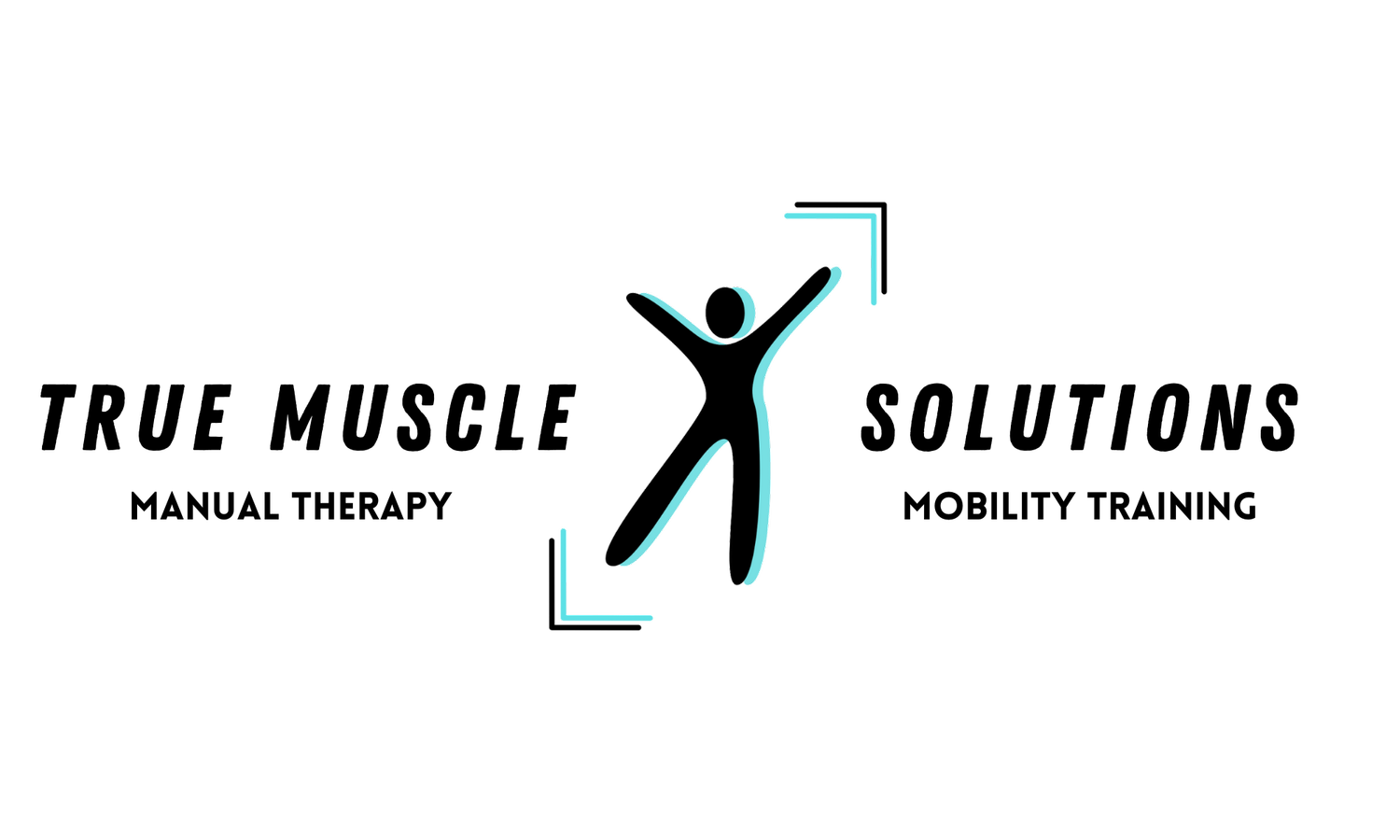Bunions: Cause and Effect
Many people get bunion surgery for aesthetic purposes. They think bunions are ugly. That their feet have some sort of deformation that keeps them from looking nice in strappy sandals or high heels. Others suffer with the painful symptoms associated with the bothersome calcification/swollen bursal sac on the side of the first metatarsal. Me? I always thought it was genetics because my feet looked exactly like my grandma's as well as my dad's, not to mention we all had crazy "hammertoes." I never had any pain associated with mine and didn't realize anything was "wrong" with them (except for the occasional friendly jabs about how funny they looked) until my issues with hip pain arose in my college years as a lacrosse player... along with bunion pain. As I went through posture therapy, (the only method that cleared my pain) my therapist enlightened me about why a bunion exists.
The feet basically display what the hips are forcing them to do. For instance, hammertoes are a reflection of the physical body trying to "grip the earth." If perhaps the hips, or something along the line of the leg is not working properly, the action (or lack of) may force the toes to make up for the difference... which is not number one in their job description. Like a plant bending every which way to reach the sunlight, your feet will do whatever necessary to reach for the ground (another example: high arches!) Can you imagine that over time the toes' musculature will develop as needed? Having explained that, if the feet are pronated, they are putting a lot of pressure on the inside edge of the foot like pictured below. Bunions act as a defensive barrier your body is constantly establishing to keep your foot from inevitably rolling in, and you from falling over. So when they are surgically removed without treating the original problem, there is a large chance that they will come right back! Yes, immediately. Because your body is amazing.
Now that we know that the bunion itself is not what we should be projecting our animosity towards, what's next? Exercises to strengthen the muscles of the feet can certainly help, along with toe stretchers and spacers and expensive contraptions, but they are not necessary, and will most likely leave the issue in remission for it to come back again down the road. A short menu of exercises to address the hips and assist the lower leg and foot in remembering their primary jobs is a great place to start. By the way, I no longer have those crazy hammertoes and my bunions are still there, however not nearly as bad since starting posture therapy back in 2006. I could care less about how they look because my biggest take-away? No pain!
Do the following menu in order, 1-2 times per day, for at least two weeks or until pain dissipates.
1. Description: - Lie on back, with one leg straight down to floor with quad (thigh) tight and foot pointed to ceiling, interlace hands behind bent knee of other leg and pull knee slightly toward chest - Squeeze shoulder blades together by pulling them down - Circle one foot to the left for recommended reps, then circle in opposite direction, and then point and flex the foot - Switch to other foot and repeat.
Foot Circles and Point Flexes
2. Description: - Lie on back with one knee bent and other straight with strap around ball of foot - Hold strap with both hands and pull leg up into air so that both thighs are about even - Keep the thigh tight on the straight leg - Flex the foot back by pulling on strap, feeling stretch in calf - Keep shoulders down into floor entire time - Hold - Then place strap in arch of foot and pull leg up further until leg is straight to ceiling (90 degrees to floor) and feel pull in hamstring - Keep thigh (quad) tight
A. Calf Stretch
B. Hamstring Stretch
3. Description: - Kneel on 14" high block (or ottoman) with hands on floor - Keep hips slightly in front of knees, and shoulders directly over elbows and wrists - Lower legs and feet should remain relaxed down and trail straight back and hip-width apart - Collapse shoulder blades together and keep stomach relaxed allowing low back to arch - Allow head to fall down keeping neck relaxed - Hold slight knee pressure pulling forward towards stomach - Keep elbows straight the entire time (Do Not bend)
Static Extension Position
4. Description: - Sit against wall at approximately 90 degrees, with heels straight under or slightly in front of (NOT behind) knees - With feet and knees hip-width apart and pointing straight ahead, push low back into wall and keep pressure in heels (not in toes) - Relax shoulders, neck and hands - Feel work in thighs - If you feel too much pressure in the knees, then sit up slightly higher on the wall (increasing the angle at the knees)
Conclusion
Please take your time with this menu. Try to feel how your muscles respond to the positions you put them in and how it is repositioning your alignment. You may be feeling better as soon as you are done, or you may need days of repetition. This is not an overnight cure just like this pain which has been a growing issue over time. Trust the process of healing! For more personalized posture therapy for bunions and/or other painful symptoms, please visit my online therapy page. Happy healing!





